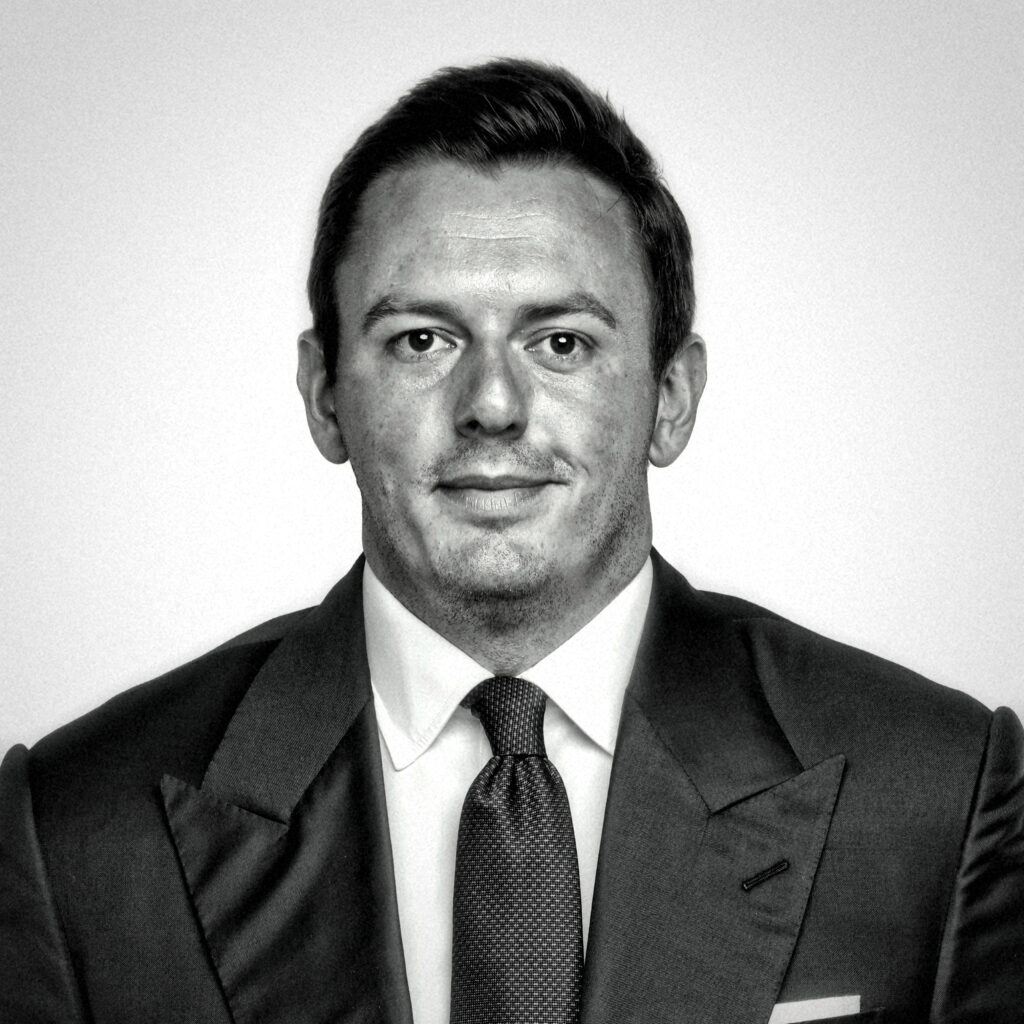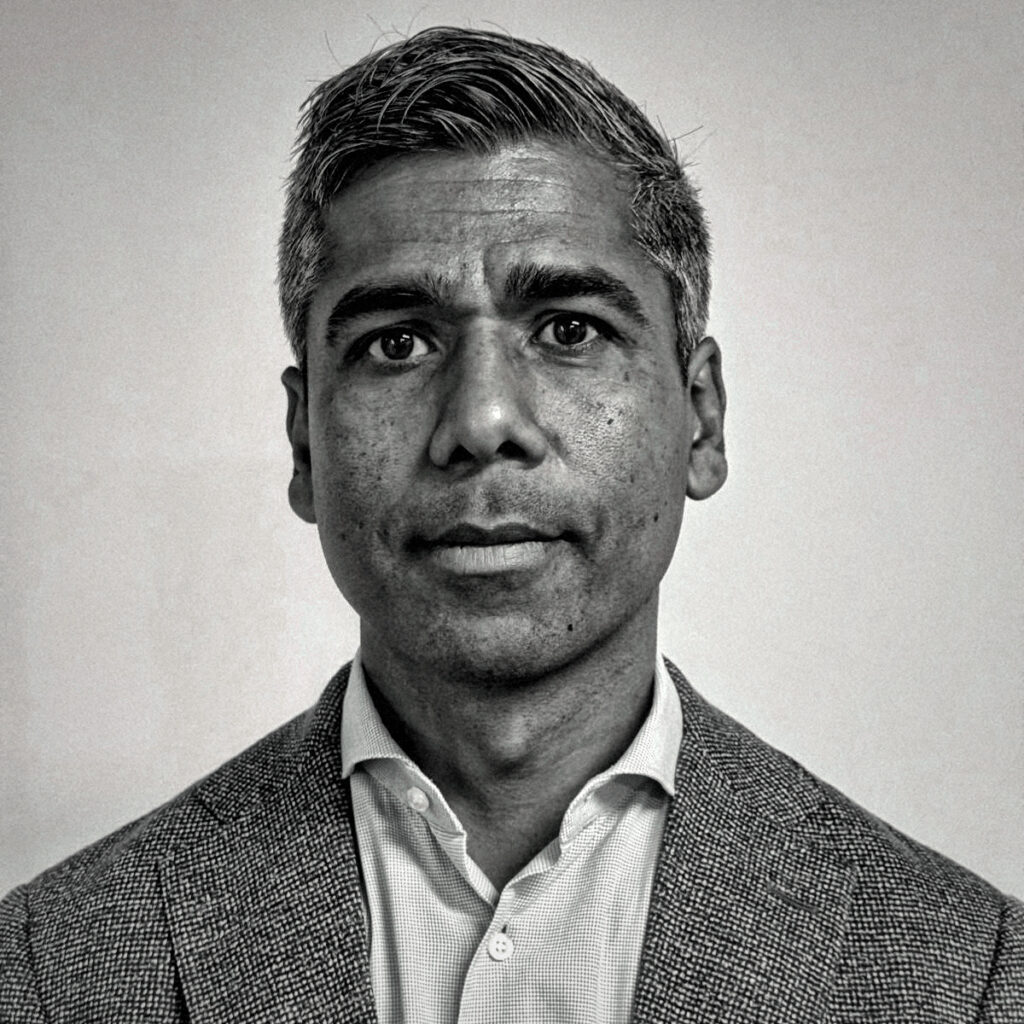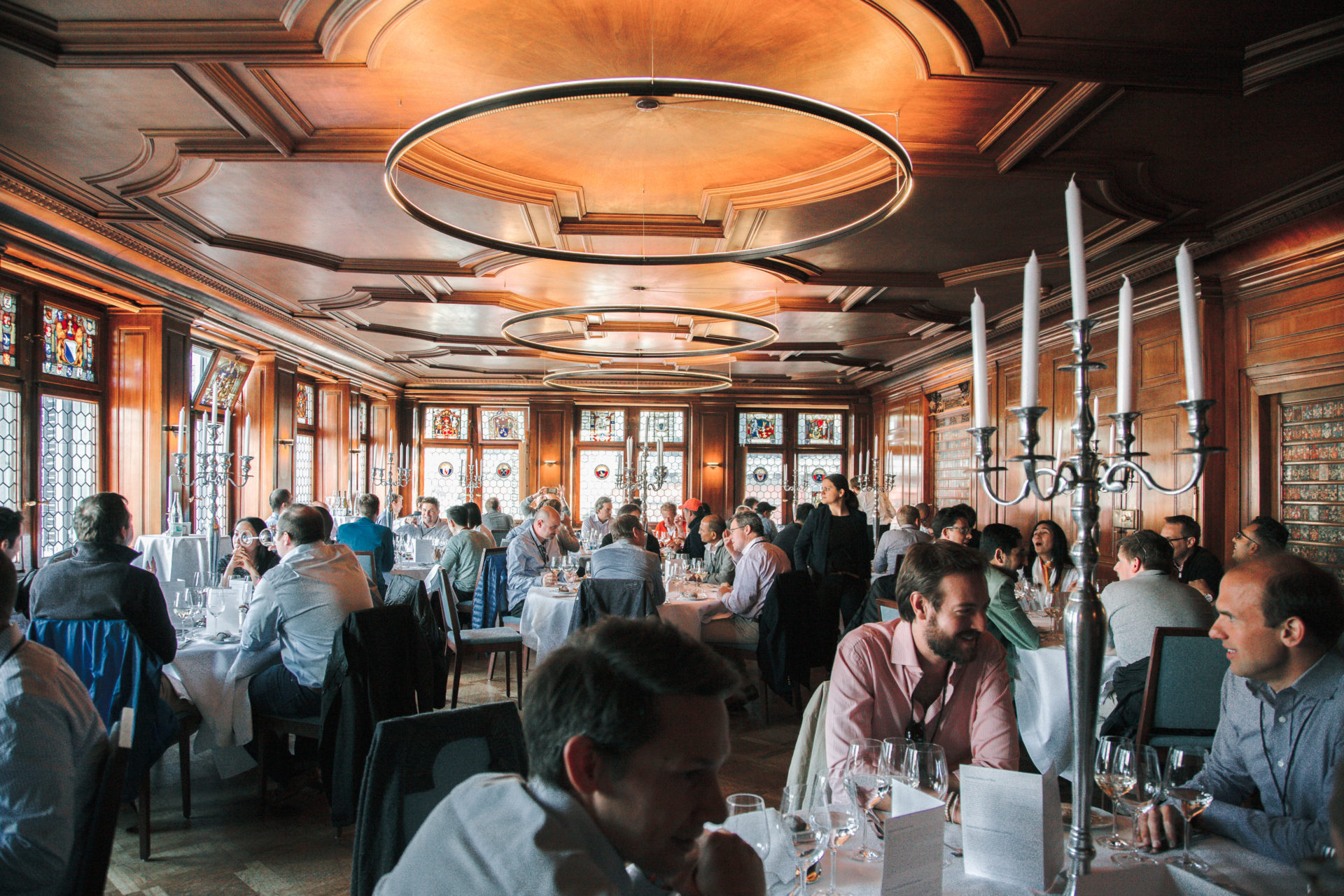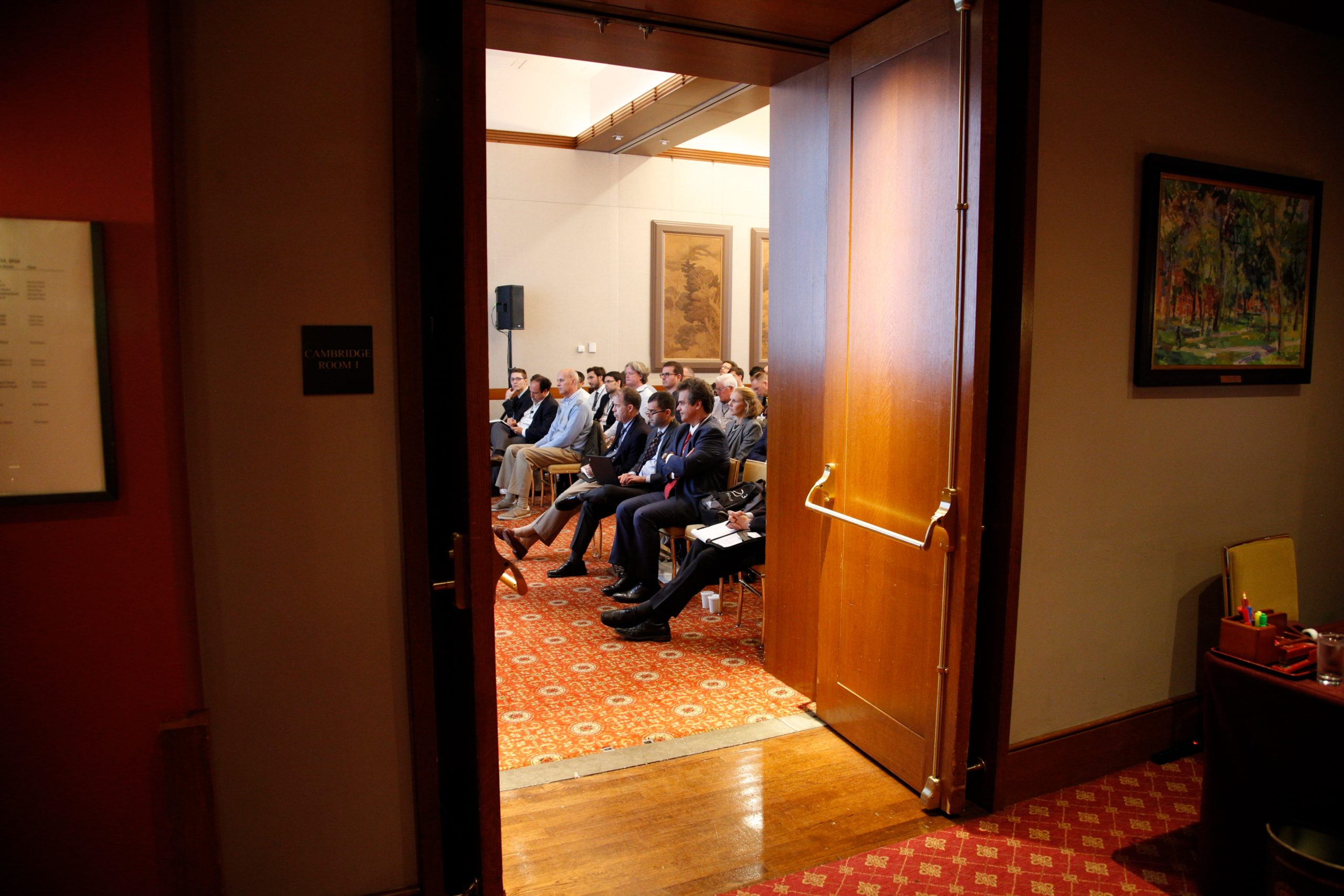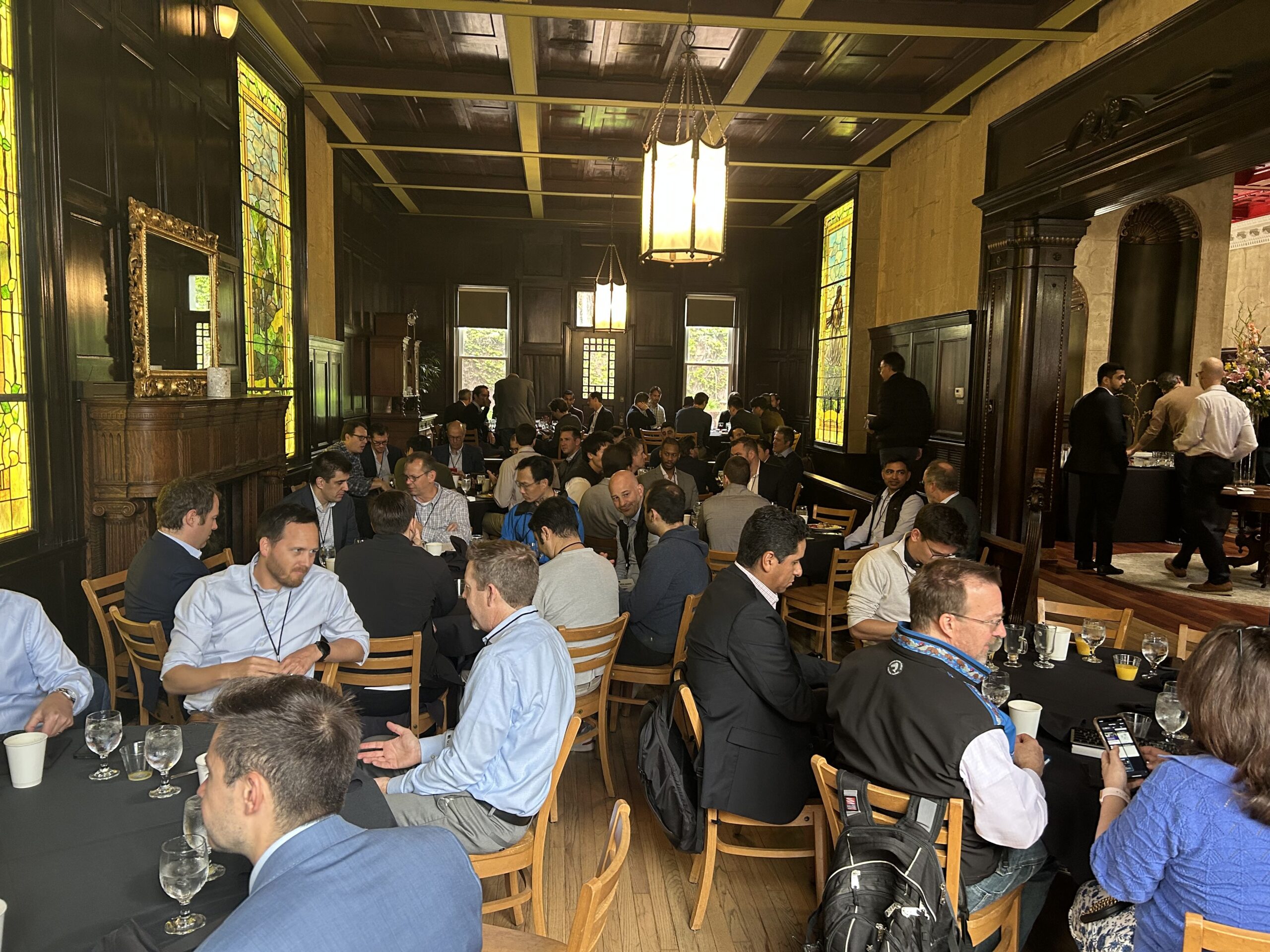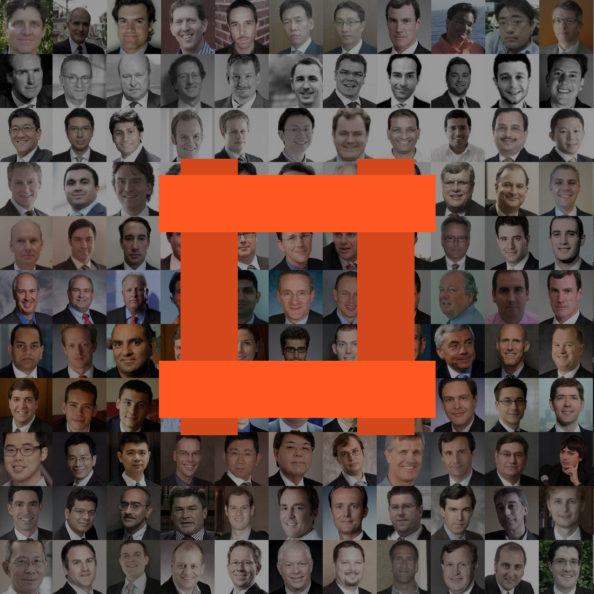We had the pleasure of speaking with Larry Pitkowsky, managing partner and portfolio manager of GoodHaven Capital Management. The conversation took place at the end of August 2022.
In the following wide-ranging interview, John speaks with Larry about his path in investing, the investment strategy of GoodHaven, the types of businesses Larry has found particularly rewarding from an investment perspective, his thoughts on portfolio concentration and risk management, and three ideas that illustrate GoodHaven’s investment approach.
John Mihaljevic, MOI Global: It is a great pleasure to welcome to the conversation Larry Pitkowsky, co-founder of GoodHaven Capital Management.
Larry, I look forward to talking about your investment approach, philosophy, and perhaps a few ideas as well. At the outset, would you mind sharing a bit about your path in investing and the genesis of GoodHaven?
Larry Pitkowsky: Thank you for having me, John. Some people love to talk about their life story, and while I don’t, I’m more than happy to do it for you and for the benefit of the MOI folks.
I was an undergraduate student getting a degree in accounting with no real passion for accounting. I developed an interest in the financial markets. I wasn’t exactly sure what to do with it, though it was clear I found it much more interesting than a traditional path into the accounting field.
I decided to become a stockbroker, which I enjoyed a lot. I was able to build up a business and continue to explore what the world and the financial markets held. In the meantime, I self-taught myself security analysis. Along the way, I had a brokerage business. It was a mishmash of all kinds of things. I was very fortunate in that I had as part of the clientele some legendary value investors who were a bit older than me. Somewhere along the way, it dawned on me that I was making suggestions on some arcane ideas to them that they were finding interesting. Instead of suggesting ideas to them, maybe I should try and build an asset management business in some fashion.
I moved around to a firm where I could build a small asset management business while still making a living doing all of my normal brokerage things. I started to build that; then, at some point, I joined Fairholme Capital right after it had started. There, I took with me the asset management business I had built. Along with Keith and Bruce, we built a nice business. We did a very good job for clients and shareholders in the time we were all together – 1999 through 2008, when Keith and I became less involved day to day.
Then the two of us decided we would like to build our own firm and launched GoodHaven with the backing of Tom Gayner and Markel in the spring of 2011. We were very fortunate that when we had the idea to launch GoodHaven, Tom said, “Come on down to Hondos in Richmond, Virginia. We’ll have a steak, and we’ll talk about it.” We did, and we’re forever grateful that Markel became our minority partner, and anchor client.
I think we did a very nice job for a while. We had some very solid years with a bit of an uneven period there in the middle. In mid-2019, all of the key people – myself, Keith, Tom Gayner, Dan Gertner, and the team at Markel – were open to making some changes in the structure of GoodHaven. We figured out how to do that in a way that everybody was comfortable with. As 2019 ended, Keith retired from day-to-day activity and remains a supportive minority partner. Around that period, Markel increased the assets we managed for it. I became the majority controlling partner and sole portfolio manager at the very end of 2019. That began what I call GoodHaven 2.0. More recently, in the beginning of 2022, our longtime senior analyst Artie Kwok became a managing director and a minority partner.
I think it’s been an interesting path. I’m very fortunate to have the opportunity that is in front of us. I believe everything that has happened before has provided the opportunity for what is to come as we continue to build GoodHaven 2.0.
MOI: Thank you so much for providing that background. I believe many of our members have been aware of your path and GoodHaven for quite some time. Tom Gayner and Markel are part of the community, so philosophically, there’s a lot of overlap here.
Pitkowsky: Can I do a quick advertisement for Markel?
MOI: Sure.
Pitkowsky: For anybody out there who has a large, profitable, private business that is looking for a home, you should call Tom because our experience through all these different moments with him and the Markel team has been nothing but spectacular. I think that as good as they look from the outside they are better once you get to know them. If anybody thinks they have a large business that Markel Ventures might be a good home for in some fashion, I encourage them to give Tom a call.
MOI: Terrific. I’d love to talk a bit about some of the key principles that will guide GoodHaven 2.0 going forward. How do you see the firm evolving over time?
Pitkowsky: If somebody were to stop me on the street and say, “Could you tell me in a few simple words, without industry jargon, what the heck it is you’re trying to do for clients?” I would say, “We’re in the generating-strong-returns-for-clients-without-taking-a-lot-of-risk business.” You can create a 50-page PowerPoint around that, but that’s the business we’re in. By the way, I think that’s the business most people who are sitting in my shoes are in, or maybe should be.
I joked in a recent letter that somebody once asked how to describe myself to their clients. It was a financial adviser who was going to give us some money. I said, “Smart, honest, and very good-looking.” He said, “No, Larry, I meant what box are you in? Are you SMID? Mid-cap value? Large-cap value or whatever?” I offer that little backdrop because I think it’s been very important here at GoodHaven 2.0 to step away from some of the industry jargon and remember what we’re trying to accomplish for clients and ourselves and how and with what risk mentality.
I also think it’s been important – and I’ve tried to write about it the last couple of years – to remember what value investing is and what it is not. Value investing, in my opinion, is the search for investments where you have a large margin of safety between your purchase price and the intrinsic value. It is making sure you remember the markets are there to serve you, not to guide you, to focus on the fundamentals, to be long-term oriented, and then to come back to point number one, which is to invest with a margin of safety. It also is completely consistent with value investing to invest in high-quality companies that earn good returns on capital and are growing and well-managed.
What value investing does not have to be is having a draconian and negative view of the world. It does not necessarily mean you have to buy the cheapest statistical securities available, regardless of their quality. It does not mean you have to have a macro view of everything going on in the world. Those are not necessarily what the tenets of value investing are about.
In a couple of recent letters, I attached a letter I wrote back in 1998 to my then-fledgling clientele talking about owning high-quality companies but with a margin of safety that earn good returns. At GoodHaven 2.0, which started right as the pandemic hit in early 2020, we used that awful moment for our society and the market collapse in that period to try and upgrade the portfolio a bit, keeping some of those things in mind.
MOI: Would you mind expanding on your investment philosophy a little? What are the types of businesses you have historically found most rewarding for your investors?
Pitkowsky: When I’m looking for something for the portfolio, the first thing is whether it is a business that we have an ability to picture what it will look like three, four, five, or seven years down the road. Do we feel we have some understanding of where the business and the industry are headed? That right away rules out a lot of things that you don’t have a view on or shouldn’t really have a view on. I think it’s an enormous mistake in life to have an opinion about everything, especially when you’re investing.
(1) Do we have a view of where the business is headed in the future? (2) Is it a business that earns above-average returns on capital employed and on equity? (3) Is it run by a management team that we feel is treating the shareholders reasonably well?
Then the question is whether you have a view that’s a bit different from everybody else’s. Most of the time, to get an above-average return or performance, it’s nice to find something you have a view on or an insight into that differs somewhat from the market’s. That’s the opportunity.
Then, you have to say, “That’s all great, but what is the stock market giving me as an entry price?” A lot of the time, it’s not giving you a price that you feel provides you with a margin of safety or will allow you to earn an above-average return, so you stick that on the shelf and say, “That’s an interesting company.” I might say, “Let’s keep an eye on it; who knows?”
That is the type of mindset we’re looking at for the bigger holdings and for most of the portfolio. We will also do an occasional true special situation, arbitrage and liquidations, distressed debt, a workout of some sort where those all of those quality things don’t align but there’s an attractive return we think we’re going to earn with a margin of safety due to some idiosyncratic situation .
What we’re trying to avoid is what I would call – with my undue sophistication – the stuff in the middle. We’re trying not to put together a portfolio of somewhat statistically cheap, not-great businesses run by not-great people but where the entry price in relation to earnings and free cash flow looks good. We’d rather not have it. We’d rather be patient and put together a portfolio of above-average businesses run by above-average people but still with a material margin of safety or something that’s truly a special situation. We’re trying to avoid all this stuff in the middle. In the last couple of years, we’ve been able to do that.
By the way, the GoodHaven Fund put out its semiannual report very recently. Though I’m not super obsessed with short-term numbers, for the last six months, a year, two years, and since we did the reorganization, we’re ahead of the S&P, in some of those periods by a material amount. We’ve still got work to do to improve our since-inception numbers, but we’ve regained a lot of ground and will continue to stay at it.
MOI: Maybe it would be instructive to discuss a couple of ideas that illustrate the approach, if you don’t mind. Anything you’d care to talk about today?
Members, log in below to access the restricted content.
Not a member?
Thank you for your interest. Please note that MOI Global is closed to new members at this time. If you would like to join the waiting list, complete the following form:
Larry Pitkowsky co-founded GoodHaven Capital Management in late 2010 with Keith Trauner, created and began managing the affiliated GoodHaven Fund in April 2011. Larry currently serves as the sole managing partner and portfolio manager.
Prior to forming GoodHaven, he was a consultant to Fairholme Capital Management for approximately two years, and from 1999 through 2008, he held a variety of roles at Fairholme and its affiliates, including analyst and portfolio manager. In addition, for most of the period from 2002 through 2007, he was a portfolio manager of FCM’s affiliated Fairholme Fund.
Larry was also vice-president of Fairholme Funds, Inc., the parent company of the Fairholme Fund, from March 2008 through January 2009. Larry has more than thirty years of experience in securities research and portfolio management across a wide range of companies and industries. Larry has been quoted in a variety of business media, including Forbes, Fortune, The New York Times, and Reuters.


